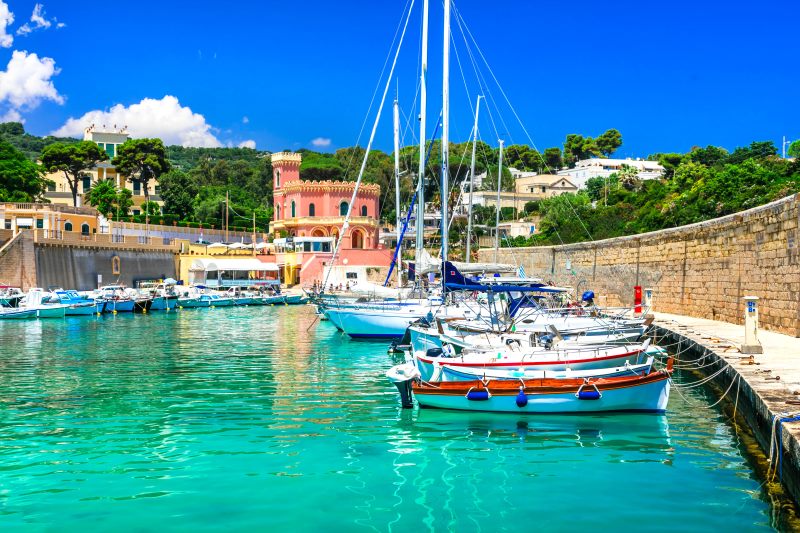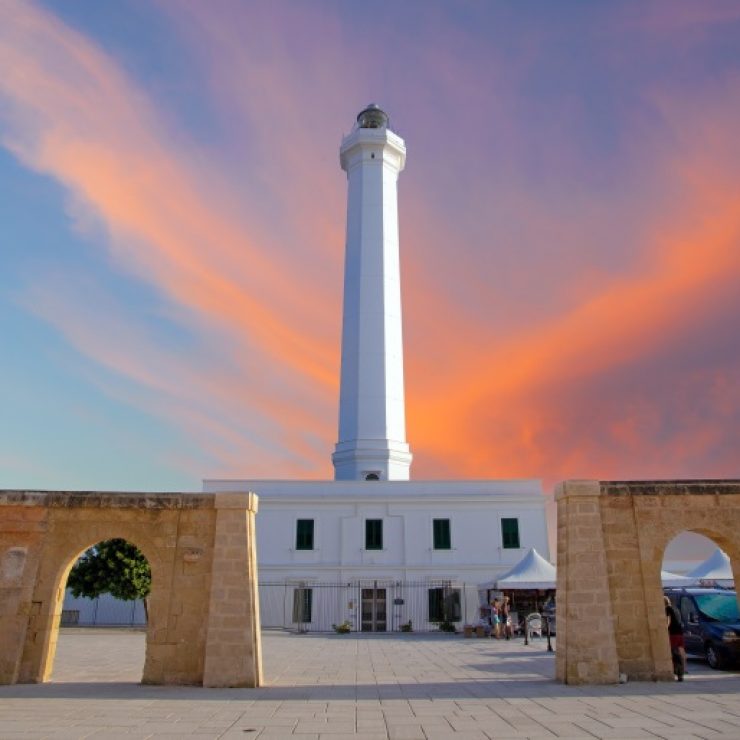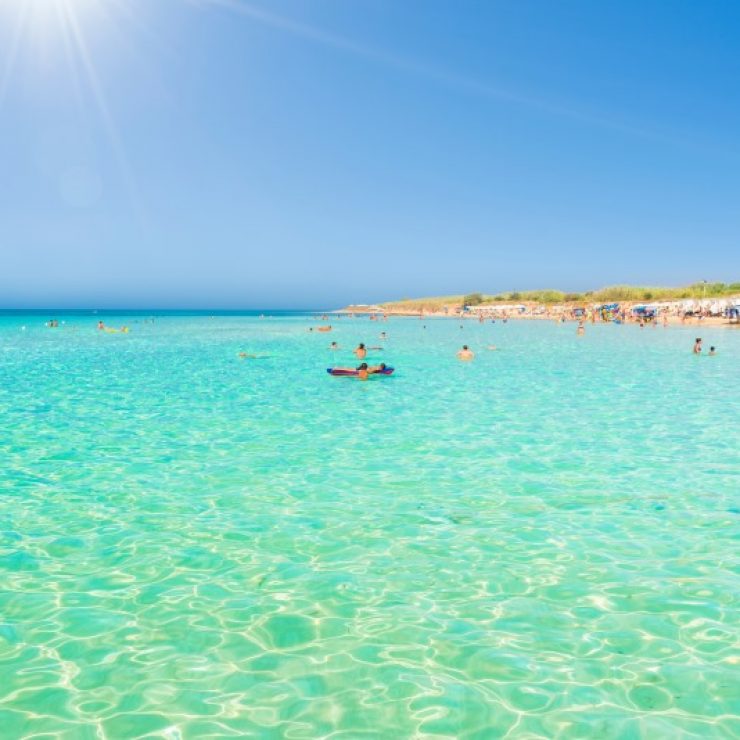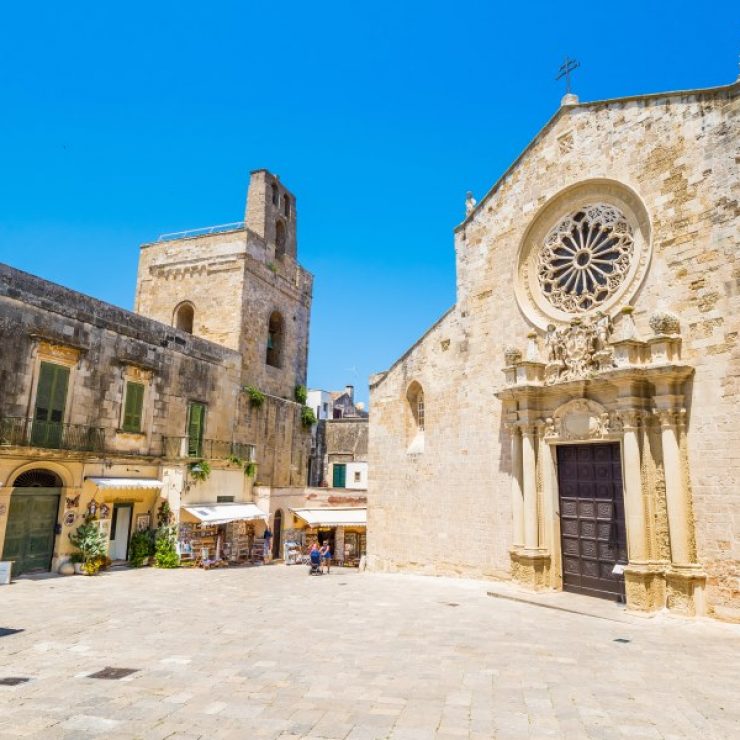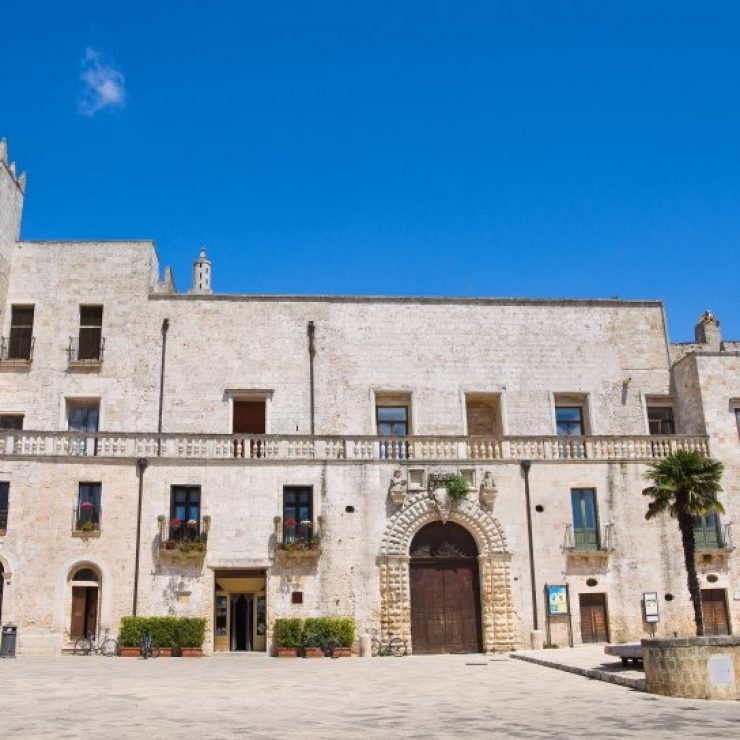Tricase is one of the most fascinating villages of Salento in Italy, as it is rich in treasures and marinas to discover, just think of the buildings of great historical and cultural interest or the breathtaking natural landscapes.
The village of Tricase and its historic center
The village of Tricase lies on the eastern part of the low-Salento coast and because of its medium-sized hilly formations it is part of the Salento Greenhouses Region.
In addition, it is one of the 32 municipalities that form the Regional Natural Park Costa Otranto – Santa Maria di Leuca and Bosco di Tricase.
Its territory is only fifteen minutes from Santa Maria di Leuca and consists of the following fractions: Marina Serra, Tricase Porto, Depressa, Lucugnano, Turino, Sant’Eufemia and Caprarica del Capo.
Talking about the old town of Tricase, it is characterized by many streets and tower houses, as well as ancient residences built in the seventeenth century.
A few steps from the city center are the Dominican Convent and the churches of San Michele Arcangelo and San Domenico, a Baroque building that houses a walnut choir built at the beginning of the eighteenth century.
Lovers of crypts can also not miss the Madonna del Gonfalone, excavated between the nineteenth and twentieth centuries. This, after being an important place of worship, has been transformed into a farm belonging to the Abbey of Myth.
As for the monuments, the most significant is undoubtedly the Palace or Castle of the Princes Gallone, owned by the homonymous noble family, but now home and property of the Town Hall.
The imposing palace is composed of three elements, namely the Body of the building, the Tower and the Big Tower.
Not far from this place is the Mother Church of the Blessed Virgin Mary, erected towards the end of the sixteenth century.
The marinas of Tricase
The smallest marina of Tricase is Marina Serra, since it is inhabited by only 28 people.
Here there are both a magnificent natural pool with crystal clear waters, and the Grotta Matrona, reachable only by swimming or by boat. The natural pool is also known as Grotta de’ Monaci, because it was dug to allow the monks to bathe in total privacy.
If you walk along the road that connects the center of Tricase to Tricase Porto, you will come across the church of Madonna di Costantinopoli, a building with an unusual octagonal shape also known as the Church of the Devils. The name comes from an ancient legend, according to which it was built in a single night after a bet between the devil and the Marquis of San Martino, the client.
A few minutes away is the Oak of the Hundred Knights, a valley oak of over seven hundred years, so called because, according to an old story, its lush foliage was able to offer shelter to Frederick II and the entire court.
Tricase Port and Depressa
Once you reach Tricase Porto, you will see the Torre del Sasso and two harbours, the modern and the older.
If you continue north and take the road called “the Walk of the Gods”, you can swim in the island, reachable with a handful of strokes and appreciated by children.
Instead, mentioning Depressa, it should be noted that its name is due to the condition of the soil and that its origins date back to around 1269.
Here you can visit the Castle, now the property and residence of Baron Riccardo Winspeare. The building has a staircase, porch and square sixteenth-century towers.
On the lower floor there is a museum that houses many finds of the family and its ancestors.
Two other notable attractions are the Cross of Principano – considered a menhir by popular beliefs – and the Calvary of Depressa, a monument built in 1885 and restored in April 1973 with the addition of five works in sculptural ceramics, depicting the Passion of Christ.



